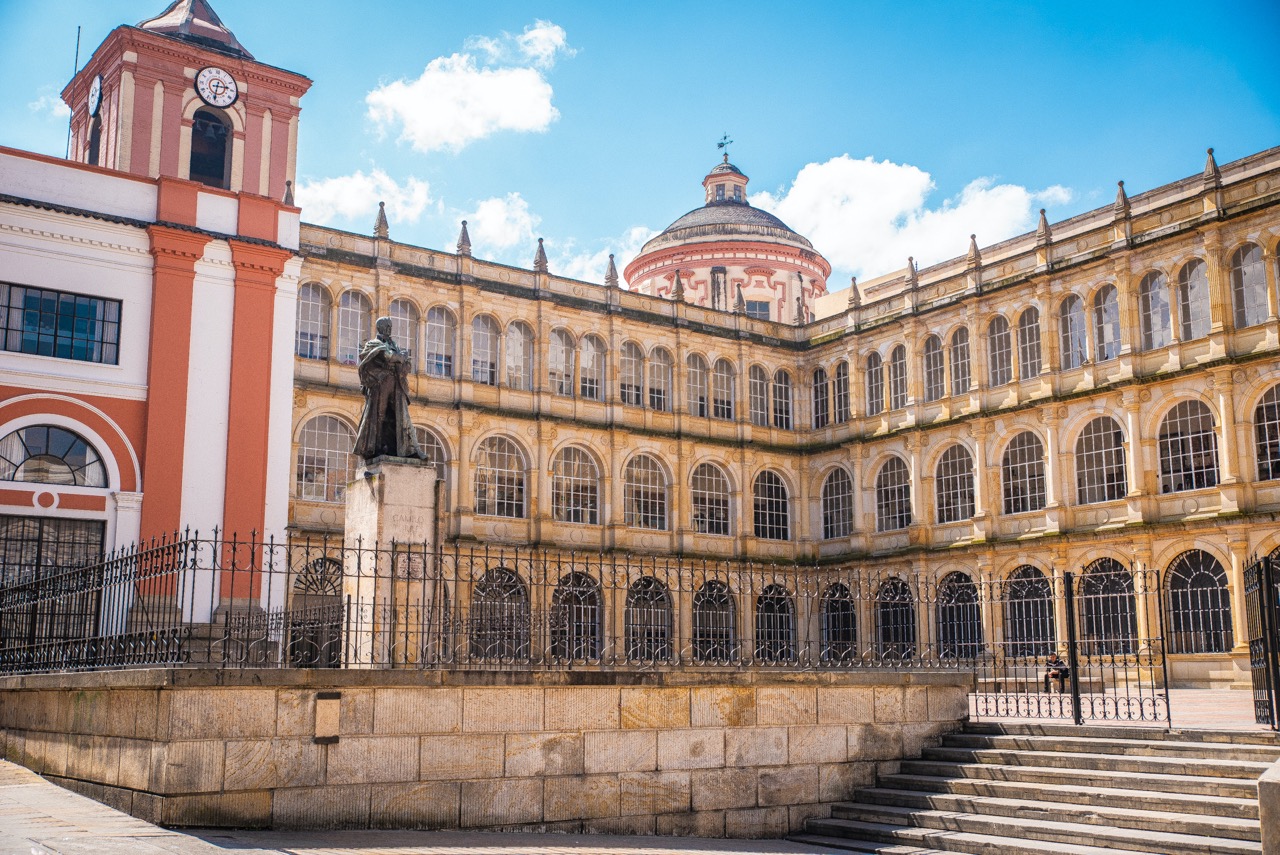When I received Ronnie and Amy at the El Dorado airport in Bogotá, an American couple visiting the city for a few days, they asked me: Is walking around Bogotá’s downtown safe? I immediately said it is safe and beautiful, but it can also be dangerous; it depends on where you walk and the precautions you take. Then, they explained they had a Colombian friend from Bogotá who said Bogotá was unsafe and even warned them to avoid walking around the city.
Bogotá is a 7-million-people city. It’s the financial capital of Colombia and the primary student city. Since colonial times (the town was founded in 1539), wealthy and upper-middle-class Bogotanos worked hard to segregate the city. The Bogotano’s aristocrats developed a big part of the cities’ Upper East inspired by the modern western towns with English and modern architecture, perfect square streets, fine dining restaurants, coffee shops, high-end shopping malls, financial districts, art galleries, hotels, etc. Furthermore, the West of the city was planned for most of the working class after the 1960s, and most of its neighborhoods are industrial and residential; the south of the town became the area of working and lower classes with huge residential neighborhoods. Of course, each has its beauty, complexities, and vibe. Being segregated, few districts are inhabited by all types of people, like La Candelaria. Back then, and I say until 2012, La Candelaria was just another student, professor, and public worker neighborhood. However, with the fast growth of tourism in Colombia, it also became the main tourist attraction because of its historic importance.
While working as a professor of urban anthropology at the Rosario University in La Candelaria, I was deeply interested in how locals consider safety. It is true that the beauty of Latin American cities and neighborhoods, especially capitals, is deeply entangled with their chaotic daily life, which is far different from the idea of organized modern Western cities that you can find in the upper east side of Bogotá. Chaotic life in neighborhoods like downtown is to see informal vendors with supermarket cars on every corner selling cigarettes, even beer or lunch. There are also clowns, people dancing salsa for money, shoe shiners reaching you to clean your shoes without asking for permission, comedians, and all sorts of people begging on the streets. These scenarios are part of the city’s beauty because most happen in places that are crucial for the city’s development, history, and architecture. On the other side, these places are usually related to high crime activity because even though informal markets are part of our culture, they are in crowds that are perfect scenarios for crime, such as pickpockets or drug selling.
We Colombians have a saying,’ No dar papaya,’ which means, ‘Do not make yourself an easy target for things such as robbery.’ And that saying applies when you visit the La Candelaria neighborhood. It is essential that if you plan to stay downtown, you keep in mind these recommendations:
• Dress up as comfortably as you can and avoid using fancy stuff such as expensive watches and jewelry.
• Visit La Candelaria during daylight. Avoid walking after 7 p.m.
• Get a tour guide that shows you the most beautiful areas.
• Avoid crowds.
• Carry Colombian Pesos.
• Avoid taking the public transportation system.
• We recommend taking Uber or a hotel car.
• Avoid taking out your phone excessively. It is okay to take a good picture occasionally but try to avoid always taking it out.


Comment (0)